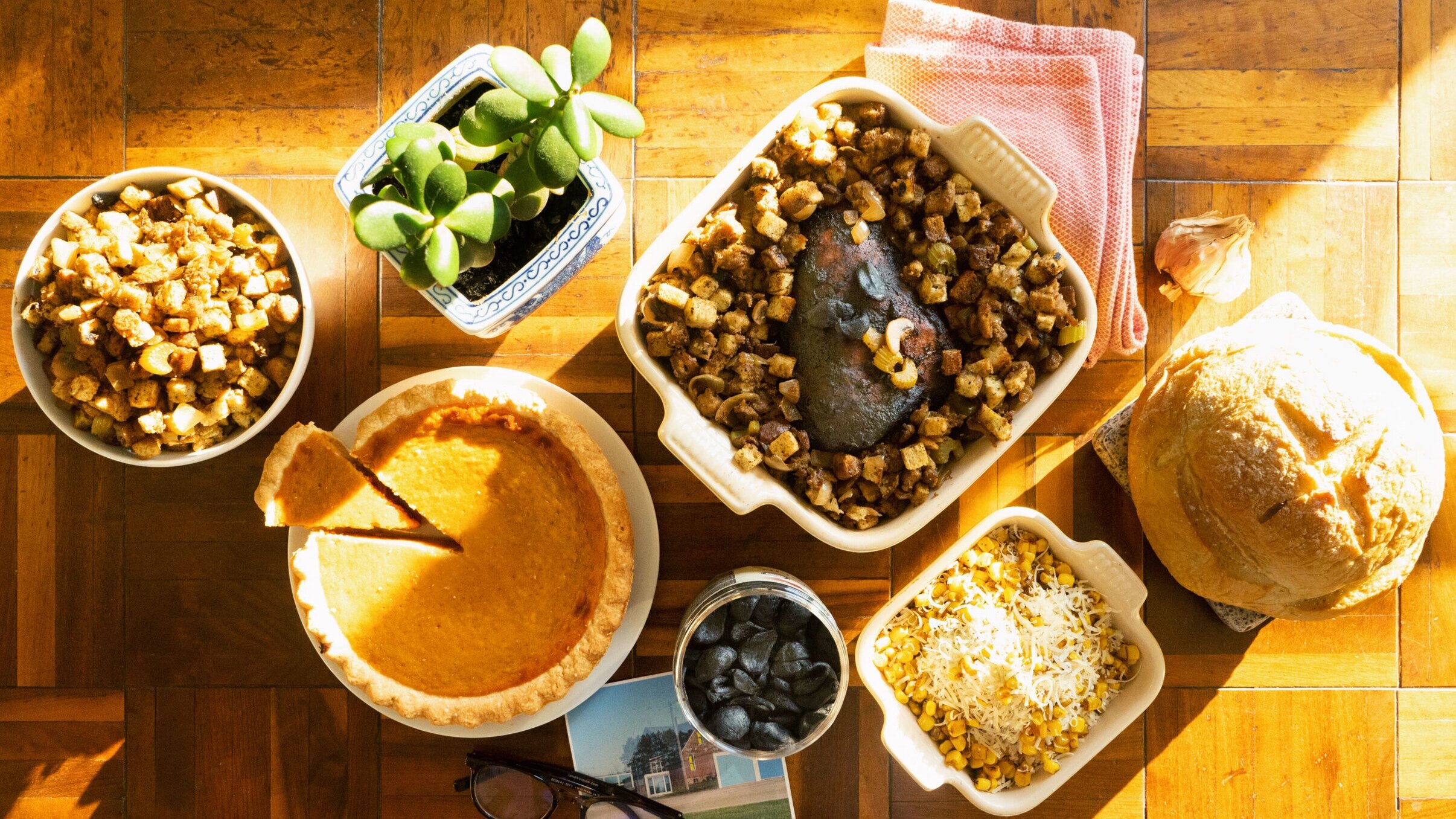When it comes to reducing kitchen waste, the smallest scraps often hold the biggest secrets. Two surprising items that usually end up in the trash—leftover black garlic cloves and butter wrappers—are actually treasure troves of flavor and functionality. Below are some creative ways to get the most out of these underappreciated kitchen heroes. By giving them a second life, you’ll not only help the environment but also add an extra spark to your cooking routine.
1. Leftover Black Garlic Pieces
What Is Black Garlic?
Black garlic is regular garlic that has been aged for several weeks under specific heat and humidity conditions. Its pungent bite transforms into a sweet, caramelized, savory flavor often described as “umami-rich” or “balsamic-like.” Whether you bought it pre-packaged or made your own at home, black garlic can be used in a wide variety of culinary applications.
1.1 Infused Oils and Dressings
-
Infused Olive Oil: Place leftover black garlic cloves into a jar with good-quality extra-virgin olive oil. Seal it tightly and let the flavors mingle for a couple of weeks. Use this fragrant oil for drizzling over salads, roasted veggies, or pasta dishes.
-
Salad Dressings: Blend a piece of black garlic with olive oil, vinegar (balsamic or red wine), a dash of mustard, and your favorite herbs. The resulting dressing is tangy and sweet, perfect for brightening up fresh greens.
1.2 Compound Butters and Marinades
-
Black Garlic Butter: Mash softened butter with black garlic, a pinch of salt, and chopped herbs (try chives or rosemary). Roll it into a log, wrap it in parchment, and refrigerate until firm. Slice off rounds to top grilled steak, roasted vegetables, or crusty bread.
-
Savory Marinade: Puree leftover black garlic pieces with soy sauce, a hint of sesame oil, and grated ginger. Marinate chicken, tofu, or mushrooms in this sweet-and-savory blend for an extra depth of flavor.
1.3 Soups, Stews, and Stocks
-
Flavor Booster: Chop or mash leftover black garlic pieces and add them to soups or stews for an intriguing sweet-savory depth.
-
Stock Starter: Simmer them with vegetable or chicken stock and basic aromatics (onion, carrot, celery) to create a richly flavored base for soups or risottos.
1.4 Homemade Seasoning Mixes
-
Drying Black Garlic: If the cloves are on the edge of being too soft or wet, try dehydrating them. Once fully dried, grind them into a powder and combine with salt, pepper, and other spices like paprika or cumin. Use this blend to dust over popcorn or roasted nuts for a quick gourmet snack.
2. Butter Wrappers
Why Save Butter Wrappers?
The parchment or wax paper used to wrap sticks of butter is coated with a thin layer of butter residue. Rather than tossing these wrappers into the trash, you can repurpose them in a variety of ways that reduce both waste and the need for excess oil or grease.
2.1 Greasing Baking Pans
-
Quick, No-Fuss Method: Whether you’re making banana bread or a sheet of brownies, use a leftover butter wrapper to grease the baking pan. Simply unfold the wrapper, and use the buttery side to coat the pan, eliminating the need for sprays or extra butter.
2.2 Storage Helpers
-
Cheese Storage: Wrapping certain cheeses (like cheddar or gouda) in a butter wrapper can help preserve them by creating a slightly buttery, protective barrier that maintains moisture.
-
Separating Burger Patties: If you’re prepping homemade patties, use butter wrappers between each patty to keep them from sticking together before freezing.
2.3 Wrapped Herbs and Salad Greens
-
Freshness Trick: Lightly wrap delicate herbs like basil or cilantro in a butter wrapper before storing them in a plastic container or bag. The buttery film can help keep moisture levels more consistent, preventing early wilting.
2.4 Flavoring Veggies
-
Sauté Starter: Toss a butter wrapper into a warm pan before adding vegetables for sautéing. The leftover butter will melt onto the surface, giving you a small amount of seasoning without needing an extra dollop from your butter dish.
3. Benefits of Reducing Kitchen Waste
-
Environmental Impact: By minimizing what you throw away, you reduce the amount of material headed to landfills. Every small step adds up toward more sustainable living.
-
Cost Savings: Getting more mileage out of each ingredient can help you get the most bang for your buck.
-
Culinary Creativity: Repurposing “scraps” or “leftovers” challenges you to be more inventive. You may discover new flavor combinations or techniques you would have never considered otherwise.
4. Additional Tips for a Less Wasteful Kitchen
-
Plan Meals in Advance: A weekly meal plan helps prevent overbuying and ensures that everything you buy has a clear purpose.
-
Use FIFO (First In, First Out): Organize your fridge and pantry so that older items are front and center, reducing the chance they’ll go bad before you can use them.
-
Compost: Some kitchen scraps inevitably end up in the discard pile, but composting them rather than tossing them in the trash turns waste into nutrient-rich garden soil.
Conclusion
The next time you find yourself holding a nearly-empty stick of butter or a few stray black garlic pieces, don’t just toss them out. With a bit of creativity, these humble scraps can become an integral part of your next delicious recipe—or even help with everyday cooking tasks. Embracing clever reuse opportunities like these not only elevates your kitchen game but also makes a small yet meaningful impact on the environment. Happy cooking—and happy reducing, reusing, and repurposing!

Comments (0)
No comments yet. Be the first to comment!